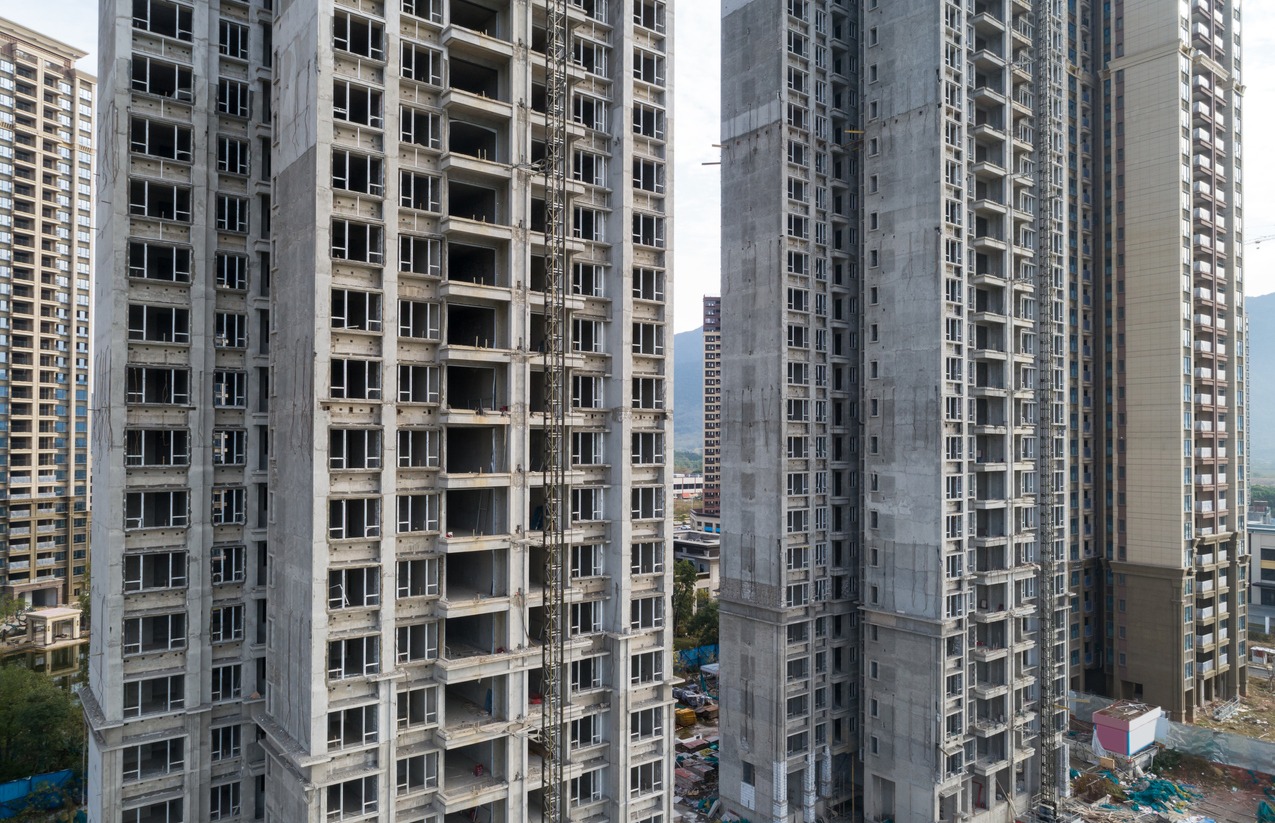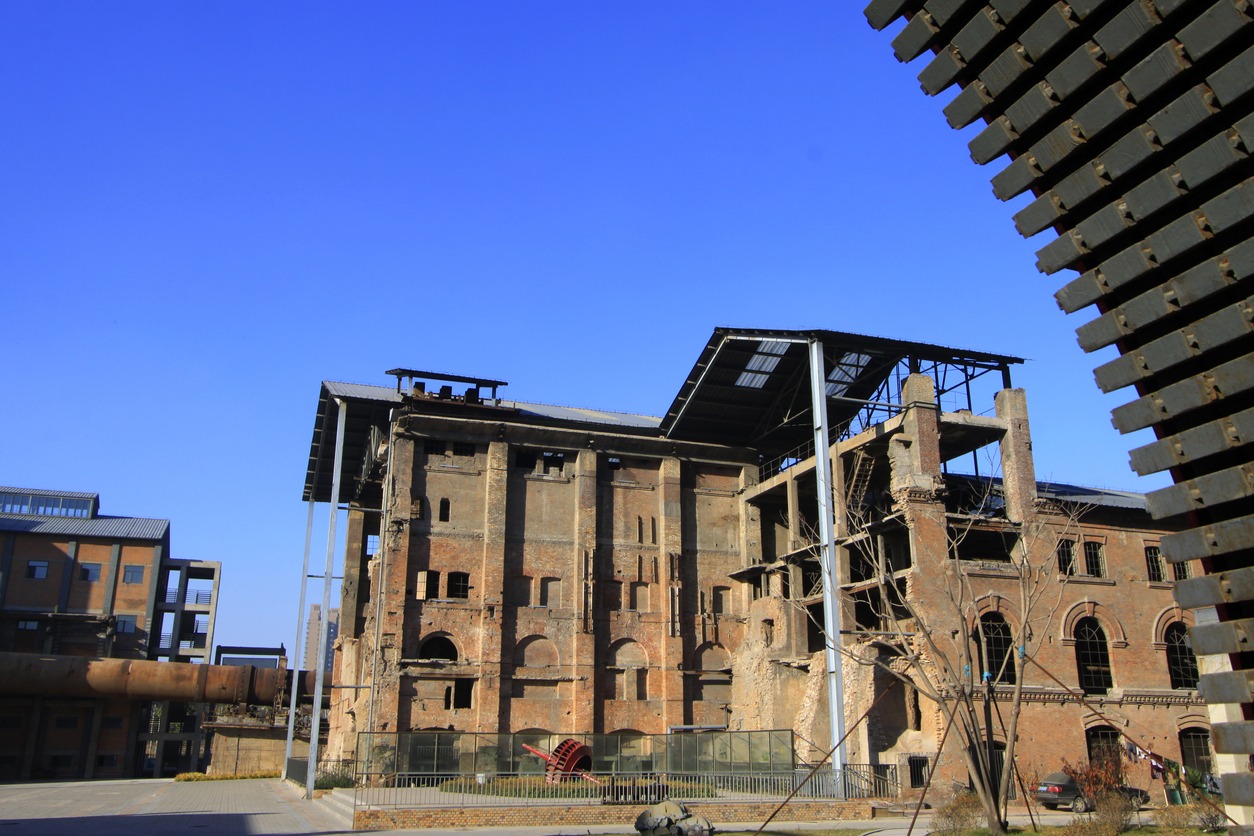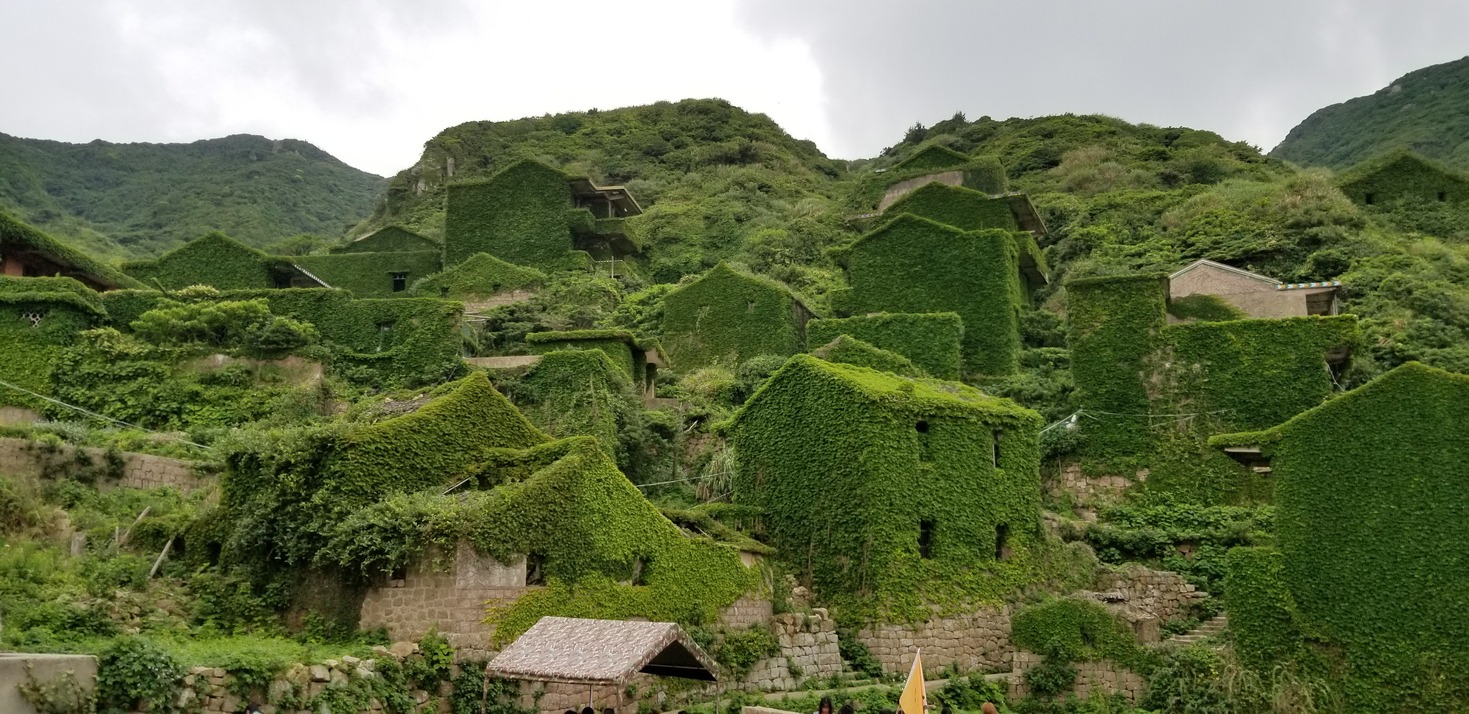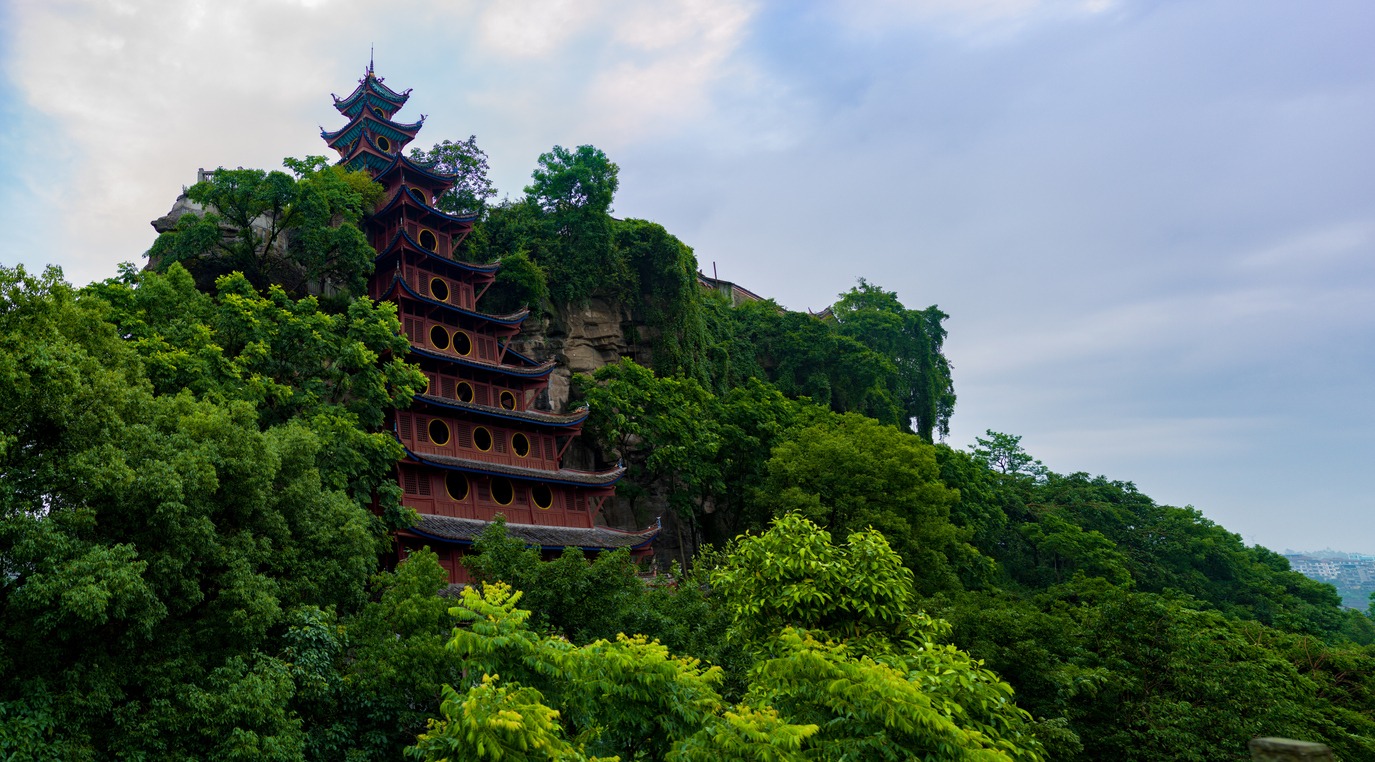China is an unrivalled powerhouse in the global economy. For the last three decades, its growth has outpaced that of all other nations. Entire industries that took decades to mature in the West have sprung up in just a few years.
Much of this activity takes place in designated industrial zones where new cities have been built from scratch to accommodate the workers flooding in from rural regions to be a part of the boom. Between 1984 and 2010, the amount of built-up areas in China increased nearly fivefold – from 3,413 square miles (8,842 squrae kilometres) to 16,126 square miles (41,768 square kilometres).
To construct these new urban zones, China used more concrete in the three years between 2011 and 2013 than the whole of the United States used in the 20th Century. Yet even in the world’s second largest economy, the rate of development has overtaken demand.
Faced with falling prices and slumping sales – partly due to overproduction — the Chinese government has had to step in to cut back some industries.
It has meant huge lay-offs. In areas like Hebei, a northern province that surrounds Beijing, the impact has been especially hard. This was once a thriving region, long regarded as the country’s steel belt.
Many of its state-owned plants have been shut down and now lie empty. Privately owned steel mills are struggling to survive. The same fate has befallen other low-tech sectors, creating so-called “zombie factories” across the country.
China’s Abandoned Cities
China’s Abandoned Factories
New South China Mall
New South China Mall in Guangdong Province opened in 2005. With 5 million square feet of shopping area, the mall can accommodate 2,350 stores, making it the largest shopping center in the world in terms of leasable space — more than twice the size of Mall of America, the biggest shopping center in the United States.
At the outdoor plaza, hundreds of palm-trees blend with a replica Arc de Triomphe, a giant Egyptian sphinx, fountains and long-stretching canals with gondolas.
Only problem is, the mall is virtually deserted. Despite the bombastic design and grand plans, only a handful of stores are occupied. “Most of it empty, with little consumer traffic and a high vacancy rate,” according to a report last year by Emporis, a global building data firm. “It has been classified as a ‘dead mall.’
Abandoned Chinese Fishing village Overtaken by Nature
This Chinese fishing village has been left abandoned for more than 50 years, and now has been overtaken by nature. The village is on Gouqi island, one of the 394 islands that form the archipelago of Shengsi islands. Although the area still attracts over 100,000 fishermen every winter, fishing practices have diminished during the last decades leading to the abandonment of previously flourishing fishing villages.
Abandoned TV Studios in Hong Kong
Near the Che Kung temple, in Ho Chung village of Hong Kong there is an old industrial building. A factory at first, it was later converted to TV studios for Hong Kong’s ATV channel. The studios were abandoned during the 2000’s as the channel moved to modern facilities. Today, this huge urban space is being reclaimed by nature, and graffiti artists. And as it often happens with abandoned buildings, many claim that the site is haunted.
The Haunted House of Beijing
The beautiful three-story French Baroque-style house at Chaonei No. 81 is a well-known anomaly of Beijing. Small courtyard properties in this area of China’s capital city sell for millions of dollars, and yet this once lavish mansion lies in a state of decay. The reason no one will go near it? Fear of ghosts and death.
Local legend has it this amazing mansion was built by the Qing imperial family as a church for British residents of Beijing. In 1949, when the Communists had just defeated the Nationalists and were making their way into the city, the high-ranking Kuomintang official living in the house at the time abandoned his wife, leaving her to face the Communists all by her safe. Devastated, she allegedly hung herself from the rafters of their impressive home. Many believe her troubled spirit has been haunting the place ever since, and few dare venture inside by themselves, especially during the night.
The once luxurious mansion is now a dilapidated shadow of its former self, covered with graffiti warning daredevils to stay away and full of empty alcohol bottles and cigarette buts. Despite its location in the center of Beijing, where prices for small properties are in the millions, there are currently no plans to do anything with this particular building. Ghost stories keep potential tenants away, and the building is now on a historic preservation list so it can’t be torn down, just renovated. So everyone seems to be waiting for it crumble on its own.
Fengdu Ghost City
The city consists of buildings, structures, dioramas, and statues that are related to Diyu, the concept of the underworld and hell (or Naraka) in Chinese mythology and Buddhism. It is modeled to resemble Youdu, the capital of Diyu.
After the building of the Three Gorges Dam and the rising of the water level of the river it became separated from the city of Fengdu, which was rebuilt higher up the mountainside on the south side of the river.
According to legend, Fengdu got its name of Ghost city during the Eastern Han Dynasty when two imperial officials, Yin Changsheng and Wang Fangping, came to Ming mountain to practice Taoism and in the process became immortals.
The combination of their names, Yinwan, means “King of Hell” and that was the beginning of the site’s focus on the underworld. Many of the temples and shrines show paintings and sculptures of people being tortured for their sins.
According to Chinese beliefs, the dead must pass three tests before passing to the next life.
First they must pass the ‘Bridge of Helplessness’. This stone bridge was built during the Ming Dynasty and is a test for Good and Evil. It has three arches and only the middle one is used for testing people. There are different protocols for crossing the bridge depending on sex, age, marital status. At the bridge demons allow or forbid passage. The good are allowed to pass while the evil will be pushed to the water below.
This is now done as a tourist attraction and performers characterised as demons momentarily stop tourists on the bridge but finally allow them across.
Then the dead must proceed to Ghost-Torturing Pass where they present themselves for judgment before Yama, King of Hell. This is the second test. In this area there are large sculptures of demons.
Chinas Abandoned Wonderland
One of the most famous abandoned theme parks has to be China’s Abandoned Wonderland. “Wonderland” was supposed to be the Chinese version of Disneyworld. The ruins of what would be the biggest theme park in Asia are situated just 45 minutes outside the center of Beijing, on a 100-acre plot of land. Construction begun in 1998 by the Reignwood Group (a Thai-owned property developer) but it stopped around the year 2000 after disagreements with the local government and farmers over property prices.
Developers briefly tried to restart construction in 2008, but without success. Property prices in China have risen 140% since 1998. Reuters photographer David Grey says ‘Wonderland’ is “another sad example of property development in China involving wasted money, wasted resources and the uprooting of farmers and their families.
Conclusion
In China, the shift from industries like steel production to electronics, telecommunications and biotechnology has happened very quickly. Europe and the United States underwent a similar shift over the course of several decades, as industries expanded and matured. China’s high-tech revolution took just a few years.
Driving some of this change is the Chinese government’s own attempts to restructure its country’s economy, leaving traditional sectors like mining, steel production and cement manufacturing to bear the brunt of the job losses. In the cities of Changzhi and Luliang, close to the Yellow River in the northern province of Shanxi, the shells of cement factories that have been unable to survive these changes lie empty.





